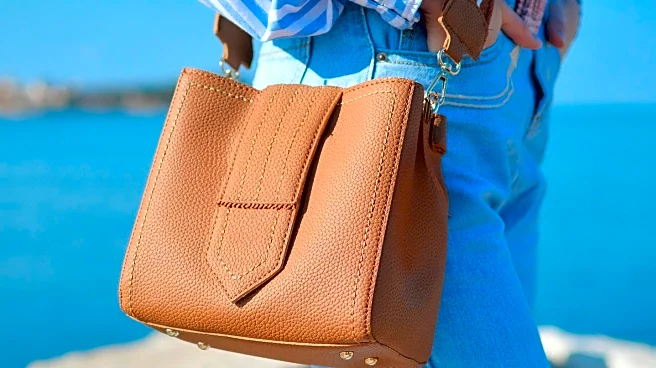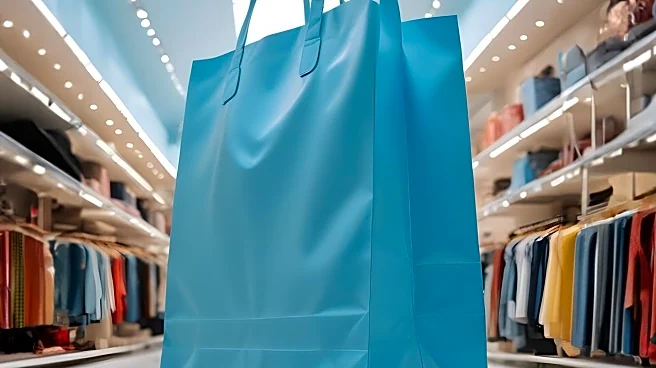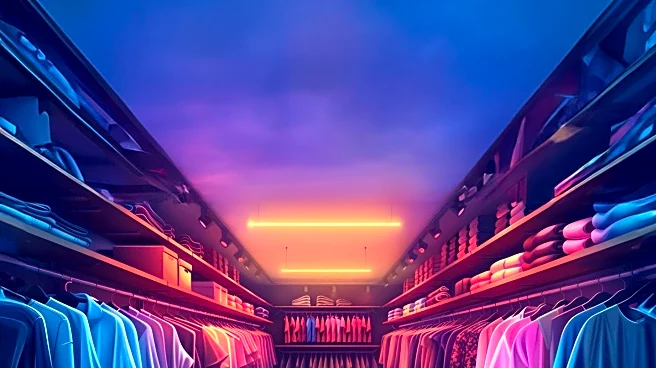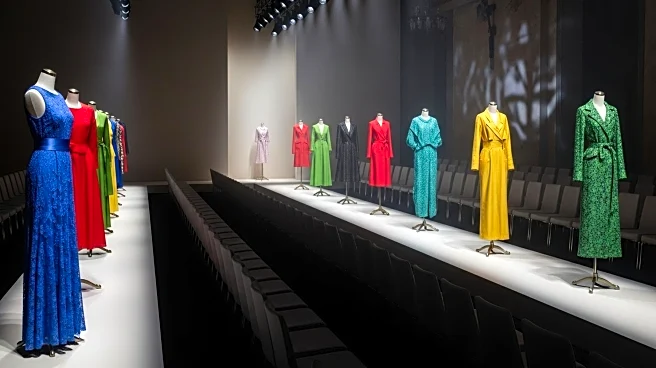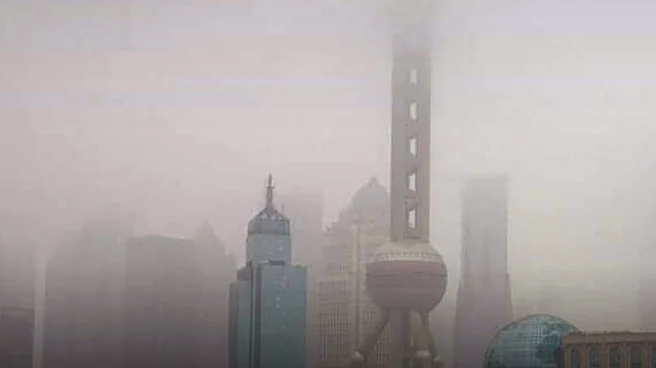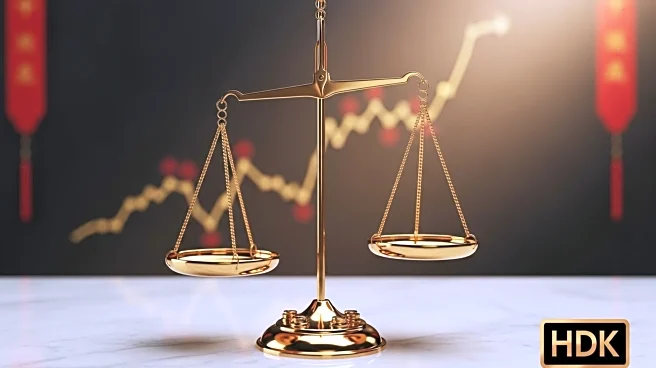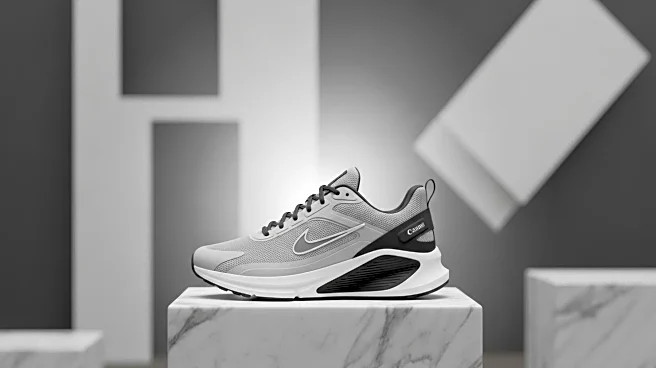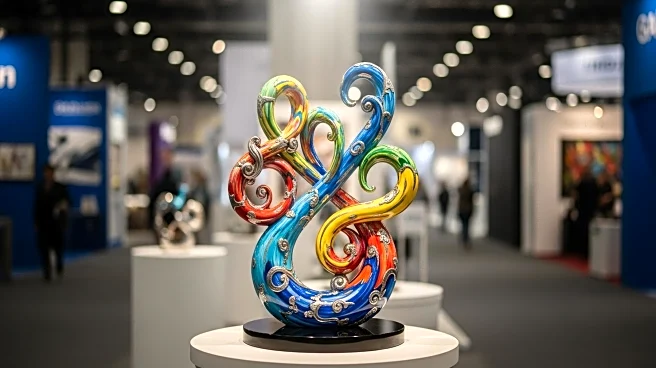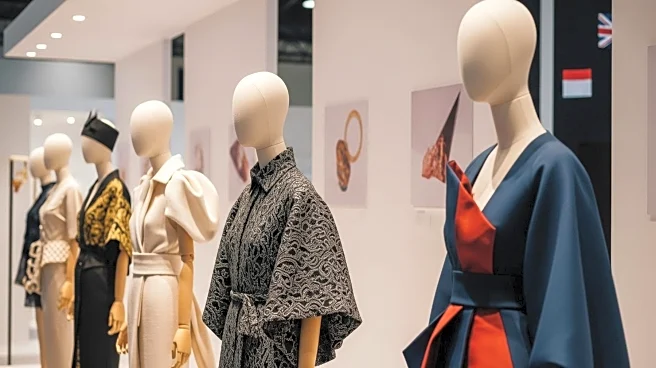What's Happening?
A Canadian woman recently discovered a designer Coach handbag at a thrift store in Winnipeg, purchasing it for just $15 after using a coupon. The bag, originally priced between $150 and $200, was in pristine
condition. This find was shared on YouTube by the thrifter, who is known for her expertise in reselling secondhand items. The video has garnered attention, reflecting a broader trend of increased interest in thrift shopping and secondhand fashion. According to a report from Research and Markets, thrift store revenue has grown at a compound annual growth rate of 4.5% over the past five years, reaching $14.2 billion in 2023. This trend is part of a larger movement towards sustainable fashion practices.
Why It's Important?
The growing interest in thrift shopping and secondhand fashion is significant for several reasons. It reflects a shift towards more sustainable consumer practices, as individuals seek to reduce waste and make environmentally conscious choices. This trend also impacts the luxury handbag market, which is projected to grow from $56.48 billion to $81.79 billion by 2030, driven by increased fashion awareness and disposable income. The U.S. market holds a substantial share of this growth, indicating strong consumer demand for both new and secondhand luxury items. As consumers continue to embrace thrift shopping, it could lead to a more circular economy in the fashion industry, reducing the environmental impact of fast fashion.
What's Next?
The continued growth of the thrift shopping trend may encourage more retailers to expand their secondhand offerings, potentially leading to collaborations between luxury brands and thrift stores. As consumers become more aware of the environmental impact of their purchases, brands may focus on sustainability and ethical production practices. Additionally, the rise in secondhand shopping could influence fashion industry policies, promoting initiatives that support recycling and upcycling of garments. Stakeholders in the fashion industry, including designers and retailers, may need to adapt to these changing consumer preferences to remain competitive.
Beyond the Headlines
The shift towards thrift shopping and secondhand fashion has deeper implications for consumer culture and environmental sustainability. It challenges the traditional notion of luxury and exclusivity, as consumers find value in pre-owned items. This trend also highlights the importance of transparency in the fashion industry, as consumers demand more information about the origins and production processes of their purchases. As the industry evolves, ethical considerations and sustainable practices may become central to brand identity and consumer loyalty.
